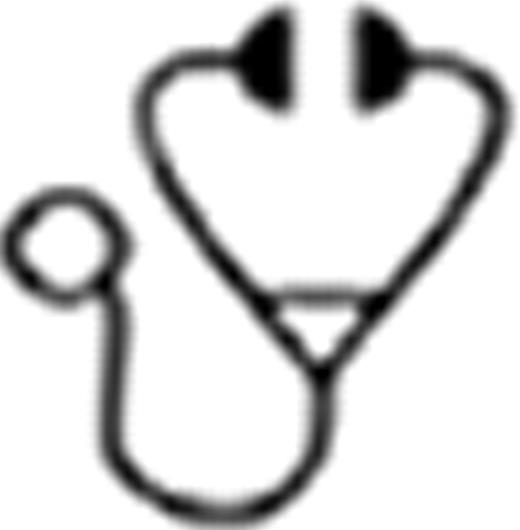Abstract
Autologous hematopoietic stem cell transplantation (HSCT) cures fewer than half of patients with aggressive non-Hodgkin's lymphoma (NHL). Vorinostat (SAHA, Zolinza) has shown activity in relapsed lymphoma and there is preclinical evidence that HDACs may render lymphoma cells more susceptible to host immune killing. We hypothesized that histone acetylation with Vorinostat post transplant would limit relapse by targeting minimal residual disease and improve the capacity of the innate and adaptive immune systems to maintain remissions.
The primary objective was to assess safety and tolerability of Vorinostat after BEAM-conditioned autologous peripheral blood stem cell transplant starting day +60 for 21 consecutive days of a 28-day cycle for up to 11 cycles with 4 cohorts of 100–400 mg of SAHA daily. Secondary objectives included preliminary clinical activity, NK and Treg recovery, response to Prevnar vaccination at cycles 1/3/5, and quality of life data (CES-D, BFI, and FACT-G). Patients at high risk for relapse post HSCT were eligible including DLBCL (induction failure, stage III/IV at relapse, age>60, or elevated LDH at relapse), FL (transformed or 2+ prior regimens), HL (primary refractory or PET positive after salvage), MCL, or T-cell NHL.
Twenty-three patients (ages 26–75, median 55 y.o.) were enrolled – 3 patients at 100 mg, 6 patients at 200 mg, 5 patients at 300 mg, and 9 patients at the 400 mg dose level. Six patients had Hodgkin lymphoma, 6 had MCL, 4 had T-cell NHL, 6 had DLBCL, and 1 had follicular lymphoma.
Of all toxicities (Table 1) potentially related to Vorinostat, fatigue (9.0% of all AE's) and myelosuppression (8.2% platelets, 7.5% ANC, 7.5% Hb) were the most common, followed by diarrhea (6%) and nausea (5.2%). There were three grade 4 and two grade 2 neutropenias, one grade 3 and three grade 2 anemias, and one grade 3 and six grade 2 thrombocytopenias. At dose level 200 mg Vorinostat, patient #6 suffered grade 3 anorexia, the first dose-limiting toxicity (DLT #1), and patient #23 suffered fatigue and anorexia at 400 mg (DLT #2). One patient remains on treatment. A median of 5.5 cycles of treatment were delivered, with a median of 11 cycles for those patients that did not progress. For those that stopped treatment, reasons included toxicities (8 patients), second primary malignancy (1 patient), and infection (1 patient).
Of the 24 patients enrolled and after a median follow-up of 18 months (range 7–54 months), the median PFS has not been reached. Sixteen patients were in a CR post-transplant. Of these patients, 6 patients progressed at 4–14 months post-transplant with diagnoses of peripheral T-cell lymphoma, T-cell anaplastic large cell, and DLBCL. Of the 7 patients in a PR post-transplant, none has progressed.
Preliminary analysis of Prevnar responses in the first 10 patients enrolled showed no detectable responses for antigens 14, 18c, and 23F. This is different than the 30 myeloma patients post melphalan transplant who received the same Prevnar vaccination schedule (submitted for this meeting) where numerous patients showed antigen responses, suggesting Vorinostat suppresses the adaptive humoral immune response in this patient population. Peripheral blood flow cytometry analysis is ongoing.
Vorinostat was well tolerated in this post autologous transplant population, and we were able to safely dose escalate to 400 mg daily. Fatigue and myelosuppression were the most common toxicities. Complete quality of life, Prevnar responses, and flow cytometric are forthcoming. Deacetylase inhibition post autograft may have clinical efficacy despite suppressing the adaptive immune system.
Events recorded are only possible, probably, or definitely related
| Adverse Event . | Grade 1 . | Grade 2 . | Grade 3 . | Grade 4 . |
|---|---|---|---|---|
| Fatigue | 8 | 4 | ||
| Platelets | 4 | 6 | 1 | |
| ANC | 3 | 2 | 2 | 3 |
| Hemoglobin | 6 | 3 | 1 | |
| Diarrhea | 5 | 2 | 1 | |
| Nausea | 5 | 2 | ||
| Rash | 3 | 1 | 1 | |
| AST | 4 | 1 | ||
| Pruiritus/Itching | 3 | 1 | ||
| ALT | 4 | |||
| Anorexia | 2 | 1 | 1 | |
| Hypokalemia | 2 | 1 |
| Adverse Event . | Grade 1 . | Grade 2 . | Grade 3 . | Grade 4 . |
|---|---|---|---|---|
| Fatigue | 8 | 4 | ||
| Platelets | 4 | 6 | 1 | |
| ANC | 3 | 2 | 2 | 3 |
| Hemoglobin | 6 | 3 | 1 | |
| Diarrhea | 5 | 2 | 1 | |
| Nausea | 5 | 2 | ||
| Rash | 3 | 1 | 1 | |
| AST | 4 | 1 | ||
| Pruiritus/Itching | 3 | 1 | ||
| ALT | 4 | |||
| Anorexia | 2 | 1 | 1 | |
| Hypokalemia | 2 | 1 |
No relevant conflicts of interest to declare.

This icon denotes a clinically relevant abstract
Author notes
Asterisk with author names denotes non-ASH members.


This feature is available to Subscribers Only
Sign In or Create an Account Close Modal